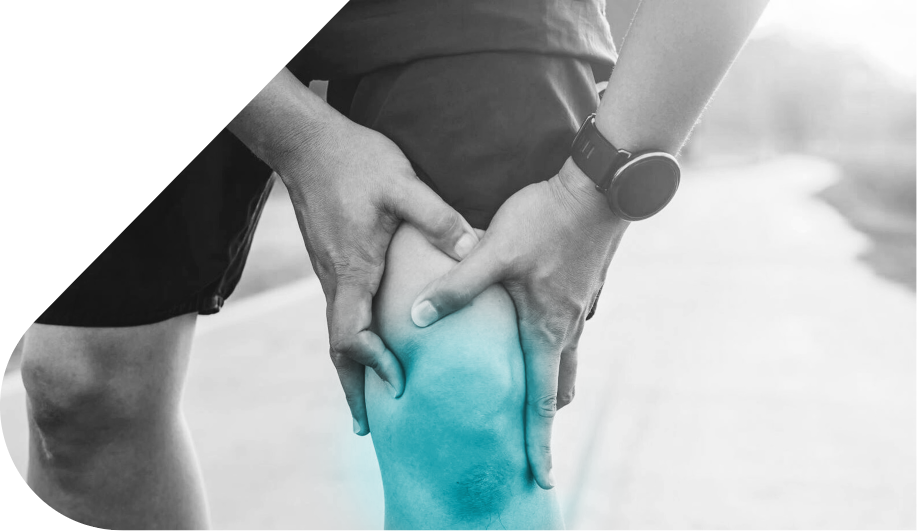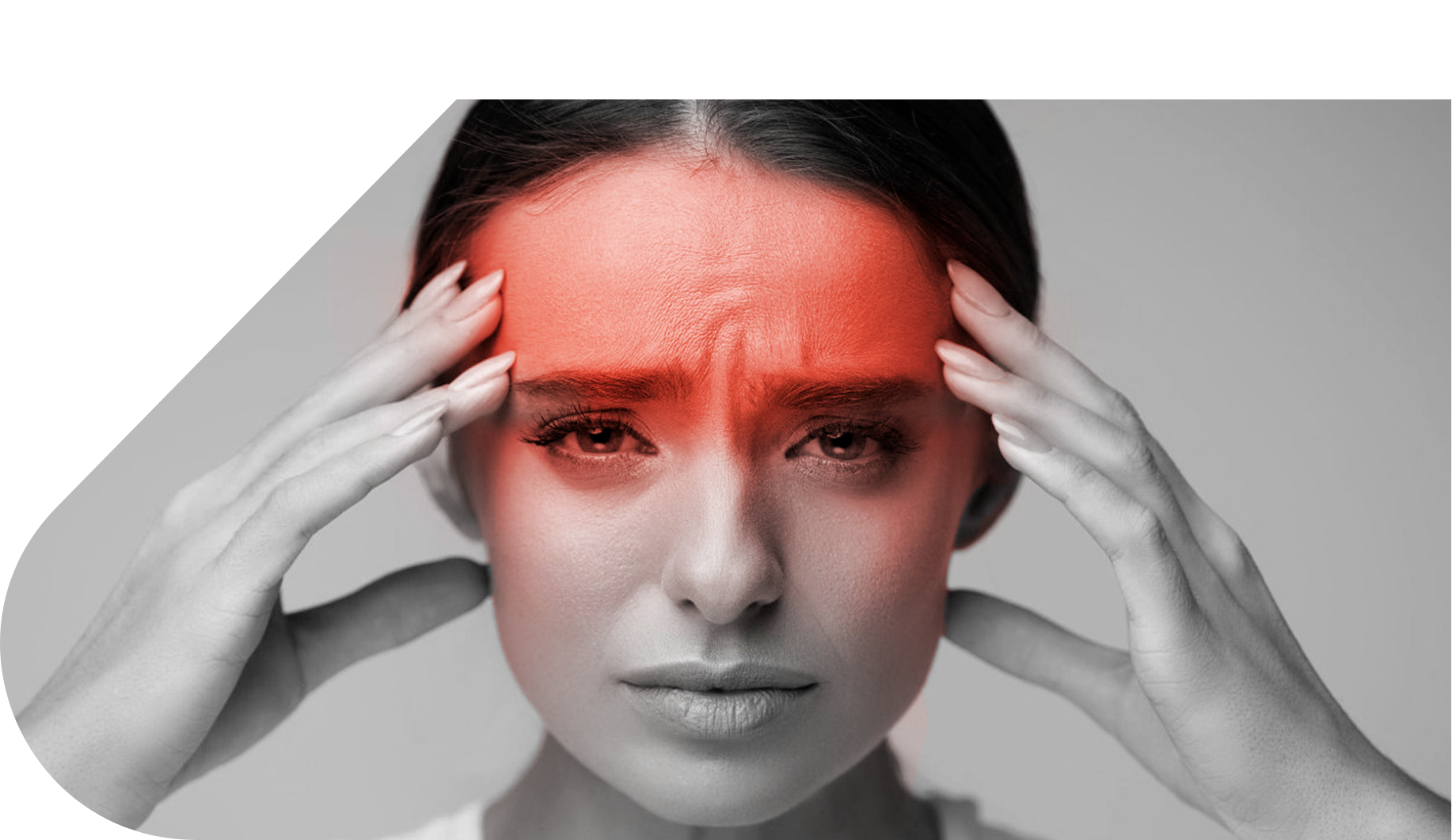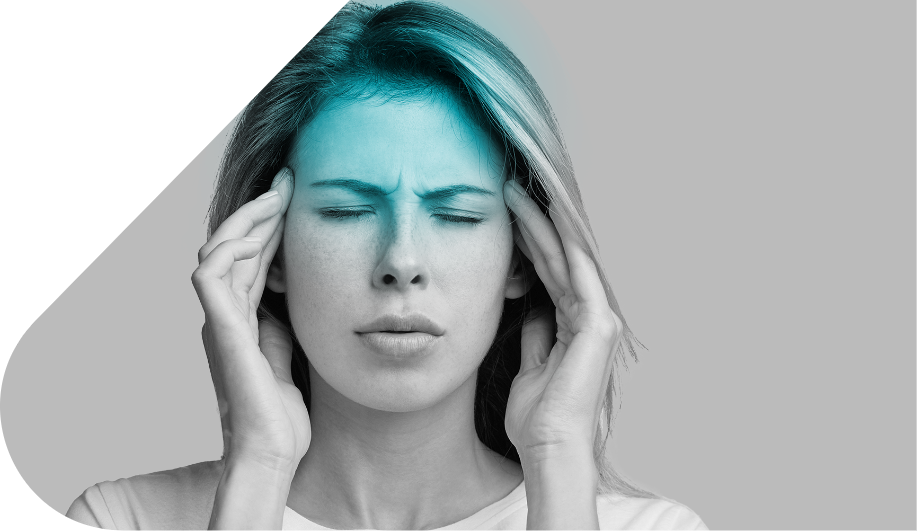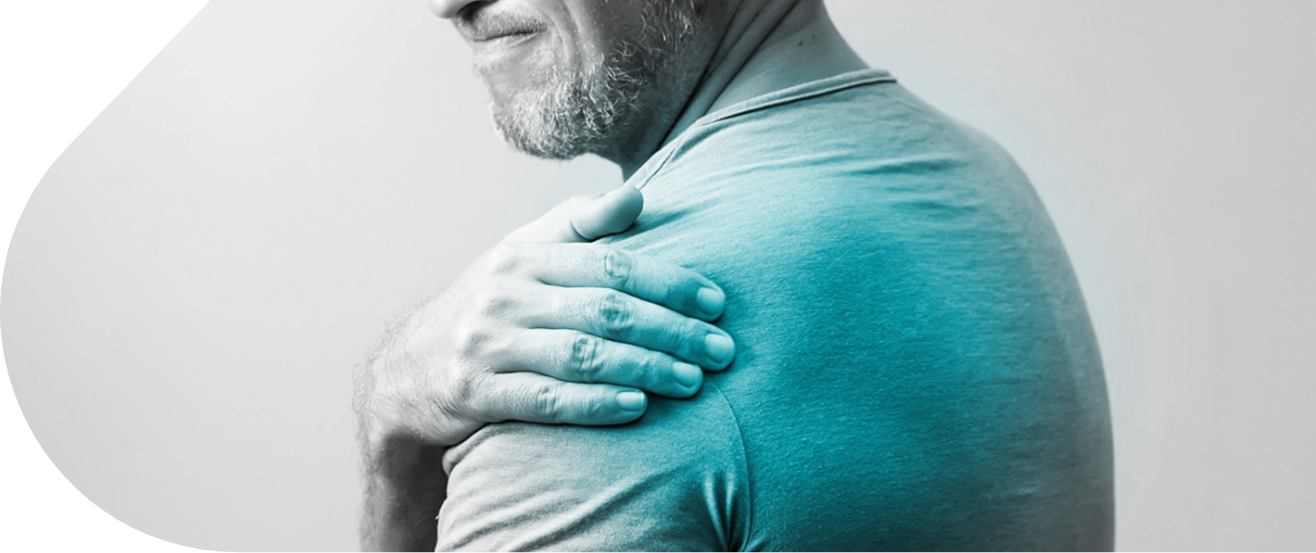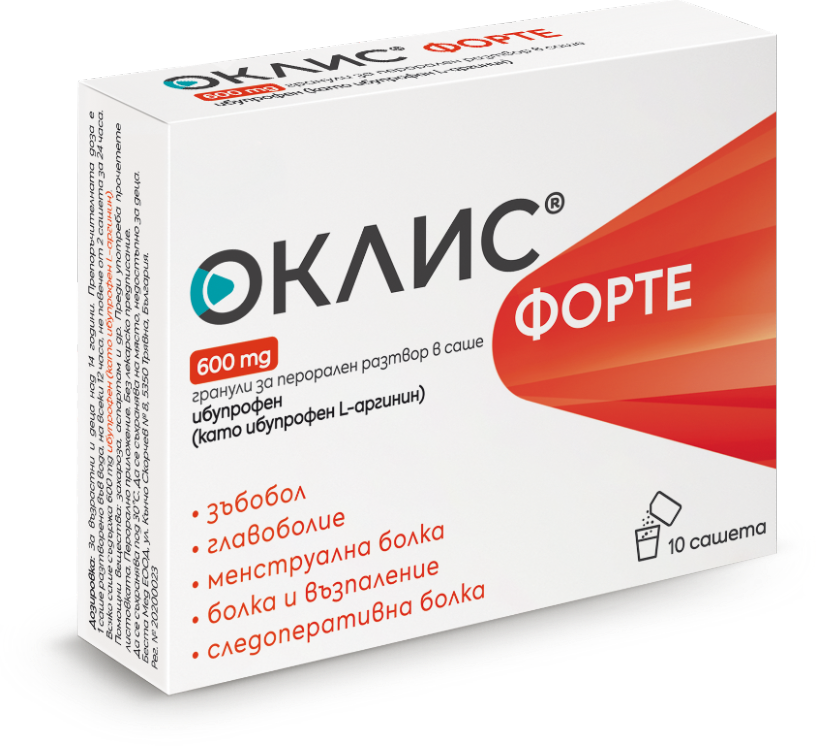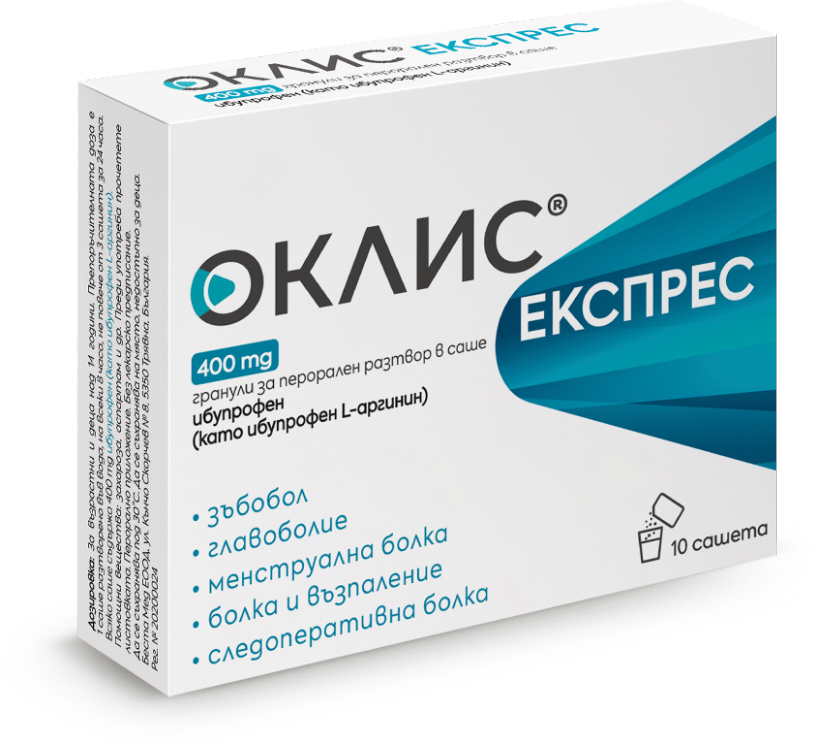Pain and inflammation are very common symptoms that can accompany a wide range of diseases and conditions. They are the main manifestations of the body’s protective reaction to damage or infection. Here are some of the main categories of illnesses and conditions where these symptoms are observed:
Sinusitis
Sinusitis is an inflammation of the mucous membrane lining the sinuses – air-filled cavities around the nose. This inflammation is often caused by an infection, most commonly viral, but it can also be bacterial or fungal. Allergies can also trigger sinusitis. When the sinuses become inflamed, the mucous membrane swells and produces more mucus, which cannot drain normally due to blockage of the sinus openings.
The accumulated mucus and increased pressure in the sinuses lead to the characteristic pain of sinusitis. The pain can be localized in different areas of the face depending on the affected sinuses – the forehead, under the eyes, at the base of the nose.
Otitis
Otitis refers to the inflammation of the ear. It can affect different parts of the ear – the outer, middle, or inner ear. Middle ear infection (otitis media) is the most common, especially in children. The causes of otitis can vary, including bacterial, viral, or fungal infections. Otitis often arises as a complication of common colds or other upper respiratory tract infections. Allergies and trauma can also contribute to the development of otitis.
The symptoms of otitis vary depending on the type and severity of the inflammation, but often include ear pain (which can be sharp, throbbing, or dull), worsening at night or when pressing on the ear, a feeling of fullness or blockage in the ear, reduced hearing, sometimes discharge from the ear, fever, irritability (especially in young children), and sleep disturbances.
Injuries (sprains, strains, contusions): Pain after an injury is typically sharp and worsens with movement or pressure on the affected area. Swelling develops quickly after the injury and can be significant. Bruising may also occur due to damage to blood vessels. The mobility of the affected body part is limited due to pain and swelling.
Rheumatoid Arthritis (in acute stage)
Besides pain, stiffness, and swelling, during an acute rheumatoid arthritis flare-up, redness and warmth of the affected joints may also be observed. Morning joint stiffness is characteristic. . The affected joints are often painful to the touch, and their movement is limited. General fatigue and malaise may also occur.
Psoriatic Arthritis (in acute stage)
Psoriatic arthritis is an autoimmune disease characterized by inflammation and joint pain. It most commonly affects the joints of the fingers or toes, which feel swollen and painful (dactylitis). Pain can also occur where tendons and ligaments attach to bones, such as in the heels (enthesitis). Skin manifestations of psoriasis (red, scaly patches) are usually present, but they can be mild or appear after the joint symptoms.
Ankylosing Spondylitis (in Acute Stage)
Characteristic symptoms of active ankylosing arthritis are pain and stiffness in the lower back and lumbar region, which are particularly pronounced in the morning after waking up or after a prolonged period of rest. . Pain is also possible in other joints, such as the hips and knees. In some cases, there might be chest pain when breathing due to involvement of the joints between the ribs and the spine. Neck pain and fatigue are also common symptoms.
Gout (Acute Attack)
Severe pain during an acute gout attack usually begins suddenly, often at night. The affected joint is extremely sensitive to touch, and even a slight touch can cause pain. Inflammation can lead to significant swelling, redness, and warmth of the joint. Attacks can last from several days to several weeks, after which the symptoms gradually subside.
Tendinitis
The pain from tendinitis is often dull and can worsen gradually. The affected tendon feels tender to the touch. Movement of the corresponding body part that stresses the tendon is painful and may be limited due to the pain. In some cases, a slight creaking sensation may be felt with movement.
Bursitis
The pain from bursitis can be sharp or dull and may spread around the affected joint. Pressing on the inflamed bursa (the cushion between joints) causes severe tenderness. Joint movement can be painful and limited due to swelling and pain. Sometimes the skin over the inflamed bursa may be red and warm.
Osteoarthritis (during exacerbation)
During an osteoarthritis flare-up, pain in the affected joint intensifies and can become constant. Stiffness is usually present in the morning or after a period of rest, and it’s typically shorter in duration than with inflammatory arthritis. Swelling around the joint, as well as creaking or grinding sounds during movement, may occur. The pain can limit joint function and make daily activities difficult.
The primary treatment for pain and inflammation is nonsteroidal anti-inflammatory drugs (NSAIDs). Although they do not directly address the underlying cause of the pain, they help reduce inflammation and improve quality of life.
One of the most well-studied representatives of the nonsteroidal anti-inflammatory drugs is ibuprofen. The innovative formula of Oclis and Oclis Forte – Ibuprofen L-arginine – allows for fast and long-lasting pain relief.

